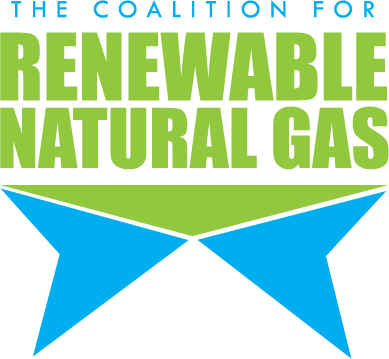By Jonathan H. Adler, Washington Post.
Yesterday, the Supreme Court issued a stay blocking the Environmental Protection Agency’s Clean Power Plan, a set of regulations controlling greenhouse gas emissions from existing power plants under the Clean Air Act. Under the stay, the EPA cannot take actions to implement or enforce the CPP until pending legal challenges against the rule are resolved in the courts. These cases are currently before the U.S. Court of Appeals for the D.C. Circuit.
As a follow-up to last night’s post about the stay, this post is intended to provide more background on the underlying legal issues. One thing this post should make clear is that while the Supreme Court’s action is, in many respects, without precedent, so too is the CPP. It is not only the most ambitious climate-related initiative undertaken by the EPA, but it also relies upon unprecedented assertions of legal authority. And, to be clear, by “unprecedented” I mean just that — without precedent. This is not the same thing as saying that a specific argument or action is unlawful or wrong, only that it raises new legal questions that courts have not had cause to answer before.
